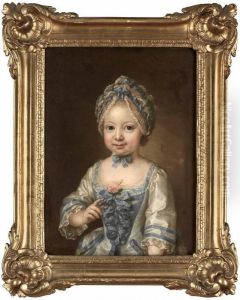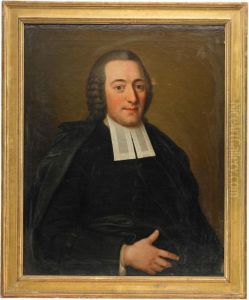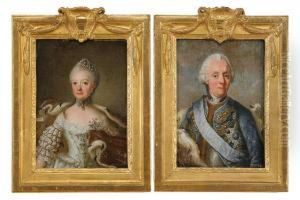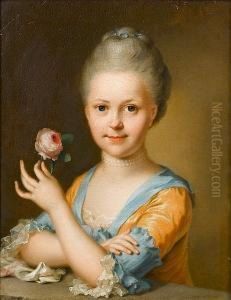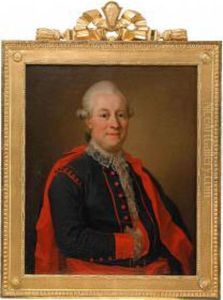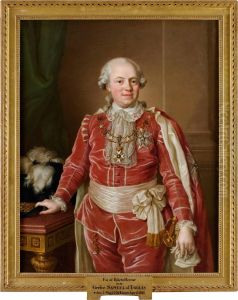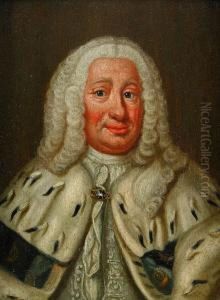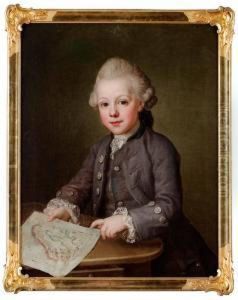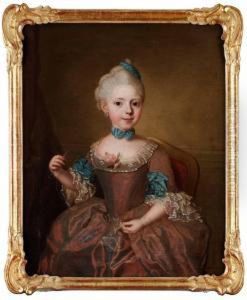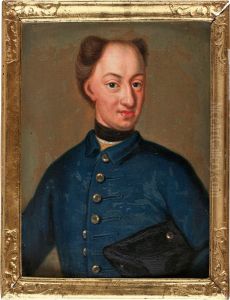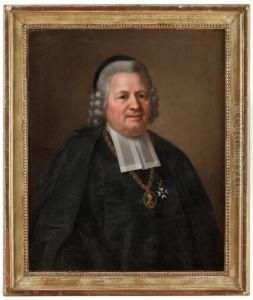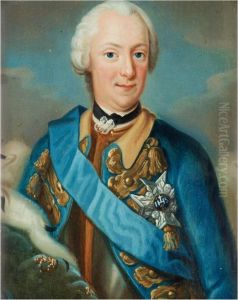Ulrica Pasch Paintings
Ulrica Fredrica Pasch, born on July 10, 1735, in Stockholm, Sweden, was a prominent Swedish portrait painter during the 18th century. She hailed from a family deeply entrenched in the arts; her grandfather, Lars Pasch, was a painter, and her father, Lorens Pasch the Elder, was a well-known portraitist. Her brother, Lorens Pasch the Younger, also gained recognition in the field of portrait painting. This familial background provided Ulrica with a nurturing environment for developing her artistic talents.
Ulrica's education in art began under the tutelage of her father. Despite the limited opportunities available to women in the arts during this period, she proved to be a prodigious talent. After her father's death in 1766, Ulrica, along with her brother Lorens, took over the management of their father's workshop. This was a significant step, marking her as one of the few women of her time to run a professional art studio.
In 1773, Pasch's contributions to the arts were formally recognized when she became one of the founding members of the Royal Swedish Academy of Arts. Her membership was not only a personal achievement but also a landmark moment for women in the Swedish art world, highlighting the changing attitudes towards female artists.
Throughout her career, Ulrica Pasch specialized in portrait painting, capturing the likenesses of many notable figures of Swedish society, including royalty, nobility, and clergy. Her works were celebrated for their meticulous detail, vibrant colors, and the ability to capture the personality and essence of her subjects. Pasch's portraits were not only sought after for their artistic merit but also for their historical significance, providing a visual record of Swedish cultural and social elites of the 18th century.
Sadly, Ulrica Fredrica Pasch's life came to an end on April 2, 1796. Her legacy, however, endures through her artworks, which continue to be admired for their contribution to Swedish art history. Pasch's career challenged the gender norms of her time and paved the way for future generations of female artists in Sweden and beyond.
